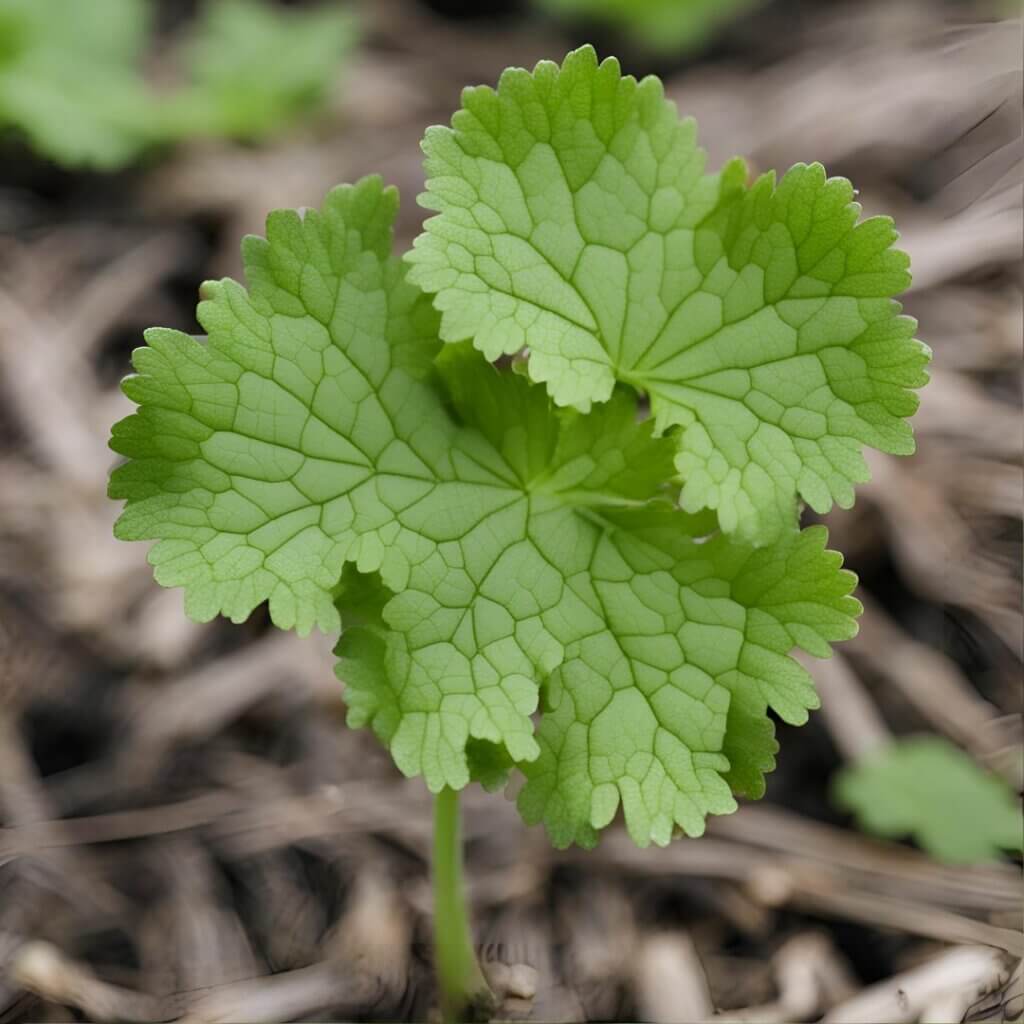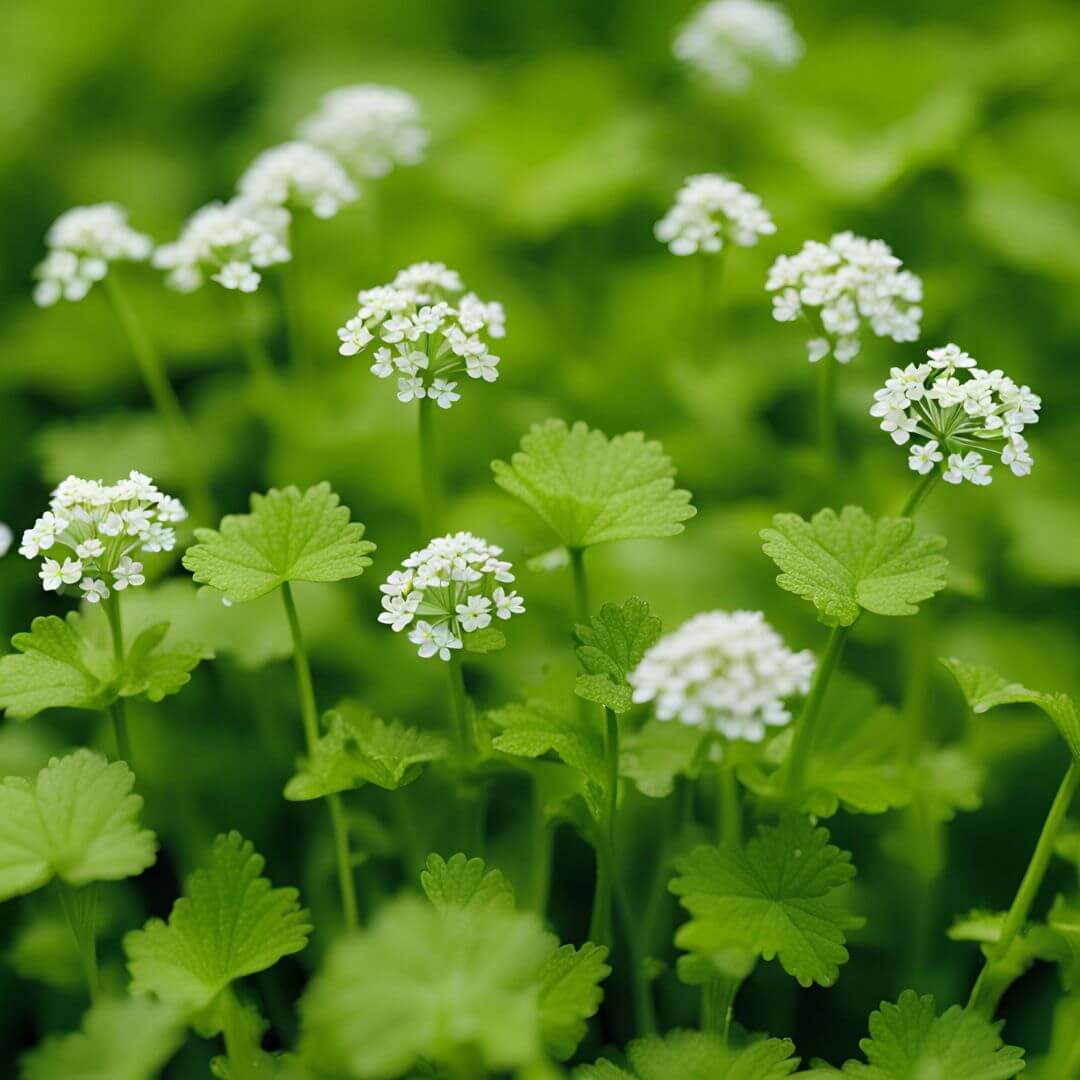By Concord Natural Resources Director Delia Kaye
Removing garlic mustard is essential to maintaining healthy native habitats in our woodlands, parks, and yards. Join the Natural Resources Division and the Concord Land Conservation Trust for our annual garlic mustard pull from conservation lands and trails between May 11 and May 26 to help eradicate this pest.
Garlic mustard was first introduced by colonial settlers for culinary and medicinal purposes and in 1868, it was found growing in woodland communities in Long Island.
Since then, it has spread to 34 states and is considered one of the most invasive plants in our region.
Invasive plants often have no natural predators in their new environment, allowing their populations to grow without the usual checks and balances. Few native insects or deer will eat invasive plants. Invasives also tend to produce large numbers of seeds that are dispersed by wind or birds. In 2009, Massachusetts issued a prohibition on buying, selling, trading, and distributing invasive plants, including garlic mustard, through the Prohibited Plants List.
Garlic mustard grows in similar habitats of more desirable species like Solomon’s-seal, trillium, trout lily, bloodroot, sweet-cicely, and wild ginger. It outcompetes native wildflowers and tree seedlings and releases compounds that interfere with the growth of native plants.

Fortunately, garlic mustard is one of the easier invasives to physically eradicate, though to be successful, efforts must occur over several years. Each plant can produce up to 3,000 seeds that can remain viable in the soil for five to 12 years.
Hand-pulling plants is effective for small populations, and is best done before and while they are flowering and before seed production. Gently tug from the base to remove the entire root, which can resprout if left in place.
Place the plants in yard waste bags and bring them to the Recycling Facility on Walden Street, where they can be placed in a dedicated bin. During the garlic mustard pull, town staff will pick up town-issued bags.
You can also use garlic mustard to make pesto, souffle, or add to a salad — an online search yields several tasty recipes!
Help restore natural habitats by joining this year’s garlic mustard pull. Contact the Division of Natural Resources at (978) 318-3285 to volunteer and for route assignments, identification training, and yard waste bags.




